Egungun is a form of ancestor worship where costumed dancers channel their deceased relatives as they parade through the streets. Family-oriented versions of this practice exist too, though the best known style of Egungun has to be the communal festival. The aims of both versions include remembrance, celebration, the earning of blessings, and lineal continuity through tradition.
Public Egungun festivals share some aspects with carnival in that costumed, or masquerade, parades are carried out alongside street celebrations, but each of these traditions have their own roots. Egungun stems from the ancient practices of the Yoruba, a West African people found mostly in Nigeria, Benin, Ghana, and Togo. Some of the tradition’s strongest ties can be traced back to the Oyo, Egba, and Yewa clans of the Yoruba.
Outside of Africa there are also significant diasporic populations of Yoruba in Brazil, the Dominican Republic, the United States, and Barbados. Egungun festivals can be performed for their own sake or in conjunction with other major life events like weddings. Generally, they are carried out between November and April when there is clear weather.

Costumes, Drums, and Spirits
Masquerade performers are the most visually striking part of Egungun festivals. Most costumes are made up of several different types of colorful and variously textured fabrics. Beyond this, costumes are decorated with all manner of trinkets from beads to leather, bones, metal, and shells. Thread and other dangling elements are often included so that when the dancers sway about their costumes can accentuate these motions. Both locally woven and imported fabrics are used when constructing these masquerades, and little expense is spared to construct their bold, multicolored forms.
Traditionally, batá drums accompany the performers as they dance through the streets. This hourglass-shaped percussion instrument, which is associated with religious ceremonies and functions, is played without a specific rhythm, lending to the ecstatic proceedings.
Those masquerading are said to invoke the spirits of their ancestors, who then gain the ability to grant blessings and pass along warnings to observant members of the community, or dole out admonishments to negligent members of the community. Some dancers brandish whips, though these are used to shoo away people in the way of the procession. Typically, Egungun festivals are held annually and can last up to several days.
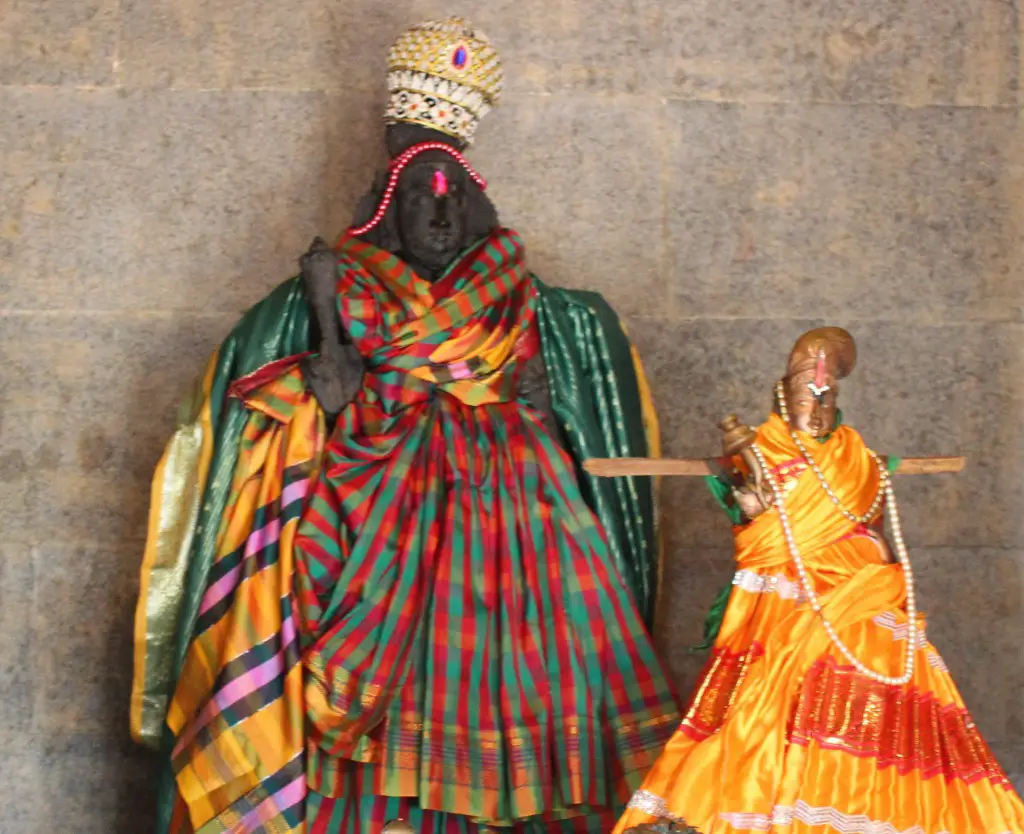
The Origin of Egungun
The origins of Egungun are attested to in Yoruba folklore. They revolve around a mother and her youngest son, Oju, who loved to dance and would costume himself in several pairs of his mother’s clothes for his favored pastime. Oju loved dancing to the drumming accompaniment of his mother, who lacked skill with the instrument and was thus unable to play rhythmically. She was however busy with many chores and thus unable to indulge her son’s habit often. When Oju fell ill, the herbalist who attended to him proscribed as a treatment to his mother to do whatever made him happiest. Oju’s mother made him a costume to dance in and found time to drum along to his dancing, which in turn spurred his recovery. Later in life, after his mother had passed away, Oju recalled this, and along with a few of his friends danced in costumes to the accompaniment of a non-rythmic drum beat to honor her memory. This became an annual tradition in Oju’s village and was gradually taken up by other families to remember their deceased relatives as well. Individual celebrations merged and morphed into the communal festival now known as Egungun.
Different Traditions
Different regions have their own masquerade traditions with specific styles and connotations, for instance there is the paka type in Iganna where costumes and intent differ from the similarly named paaka, which take place in Ila-Orangun. Sometimes these different styles are taken up by those outside their original community and synthesized. Occasionally, more than one costume is worn at once, with one being taken off to reveal another style beneath it at some point during the parade. Egungun festivals are not limited to purely Yoruba communities. In some places, Christians and Muslims joins in to varying extents. Beyond bringing relatives together, Egungun can also do the same for the wider community.

Works Cited
Drewal, Henry John. “The Arts of Egungun among Yoruba Peoples”. African Arts, vol. 11, no. 3, 1978, pp. 18-19. JSTOR, Apr 1978, http://www.jstor.org/stable/3335409, Accessed Dec 19 2020
Eguda, Omachona. “The Egungun Festival of the Yoruba People”. Omenka, May 25 2017, https://www.omenkaonline.com/egungun-festival-yoruba-people/, Accessed Dec 19 2020
“Egungun Masquerade Dance Costume: Ekuu Egungun“. Smithsonian National Museum of African Art, africa.si.edu, https://africa.si.edu/exhibits/resonance/44.html, Accessed Dec 19 2020
Click and check out these popular articles for more information: 🙂
Ectoderm vs Endoderm vs Mesoderm
Circulatory System: Blood Flow Pathway Through the Heart
Circulatory System: Heart Structures and Functions
Ductus Arteriosus Vs Ductus Venosus Vs Foramen Ovale: Fetal Heart Circulation
Cardiac Arrhythmias: Definition, Types, Symptoms, and Prevention
Upper Vs Lower Respiratory System: Upper vs Lower Respiratory Tract Infections
Seven General Functions of the Respiratory System
Digestive System Anatomy: Diagram, Organs, Structures, and Functions
Kidney Embryology & Development: Easy Lesson
Psychology 101: Crowd Psychology and The Theory of Gustave Le Bon
Introduction to Evolution: Charles Darwin and Alfred Russel Wallace
Copyright © 2022 Moosmosis Organization: All Rights Reserved
All rights reserved. This essay or any portion thereof may not be reproduced or used in any manner whatsoever
without the express written permission of the publisher.
Categories: humanities, Literature, philosophy, Social Studies




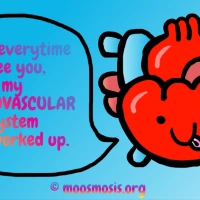


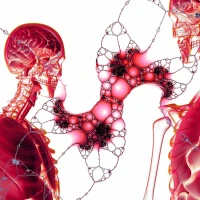
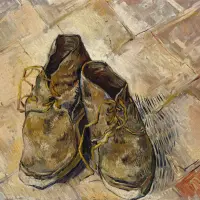

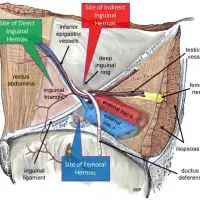




interesting article!
LikeLike
Great facts
LikeLiked by 1 person